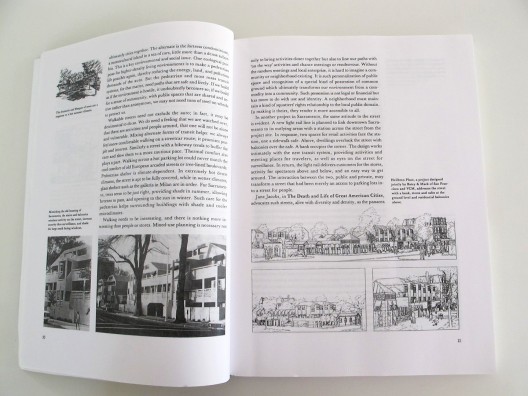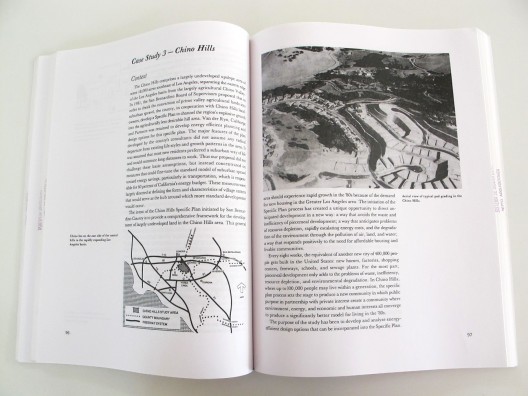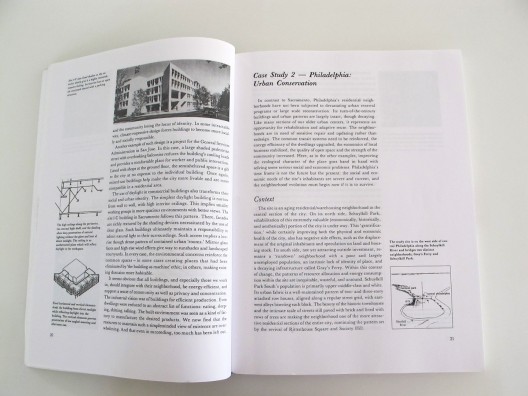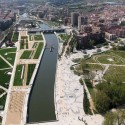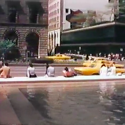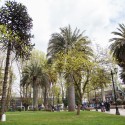Publicación de la semana: “Sustainable Communities”
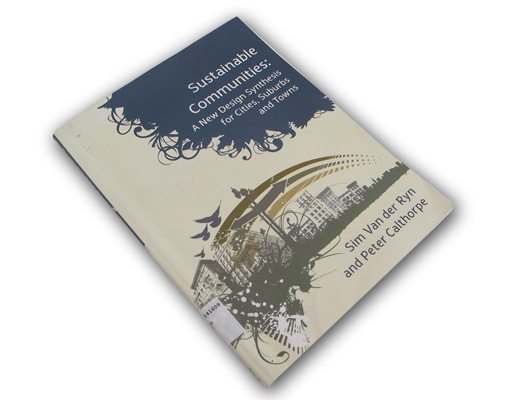
Sustainable Communities: A new design synthesis for cities, suburbs and towns
Autor: Sim Van der Ryn y Peter Calthorpe
Editorial: New Catalist Books
Idioma: inglés
ISBN: 978-1-897408-17-9
Año: Primera edición 1991, esta versión 2008
Dónde comprarlo: En este link de Amazon
Sobre el libro: Reeditado en repetidas veces, por ser un clásico en la planificación de una ciudad hacia la sustentabilidad, el libro expresa las posibilidades y las maneras en que diferentes tipos de comunidades pueden hacer la transición hacia un modo de vida sustentable, en el que se equilibren las necesidades de crecimiento económico y espacial con el buen estado del medioambiente.
Para lograr cruzar esa vía hacia el crecimiento sostenible, las ciudades deben proponerse metas en ámbitos como el manejo de desechos, emisiones contaminantes, modos de expansión urbana y de gestionar una red de transporte a la vez lo suficientemente extensa y ambientalmente amigable.
Índice:
– Foreword
– Introduction
– Part One: Case Studies
The Urban Context – Peter Calthorpe
The Suburban Context – Sim Van der Ryn
The New Suburban Fabric – Sim Van der Ryn and Peter Calhtorpe
– Part Two: The Context for Sustainable Design
The Mass and Information Economy – Paul Hawken
Design and Information Economy – Clare Cooper-Marcus
Local Self Reliance – David Morris
Architecture and Biology – John Todd
Metropolitan Food Systems and the Sustainable City – David Katz
Real Possibilities in the Transportation Myths – Fred Reid
A Short History of Twentieth Century New Towns – Peter Caltorpe
– Index
Extracto: (Foreword: The vision an its contradictions) “Our fundamental premise is that Industrial Culture has the means to trascend the apparent conflict between material progress ans planetary health, between individual gain and common good. What we term ‘sustainability’ was a reality inherent in many preindustrial cultures. It was usually built into their beliefs, their practices, ans the design of their environment. Sustainability is inherent in what earlier people -and many people today- hold sacred and yet, it has been dismissed, ignored, and desecrated by the idea of progress. Our vision is that what is sacred is our relation to life and living processes, and this can be made manifest in the design of our everyday environment. ”

